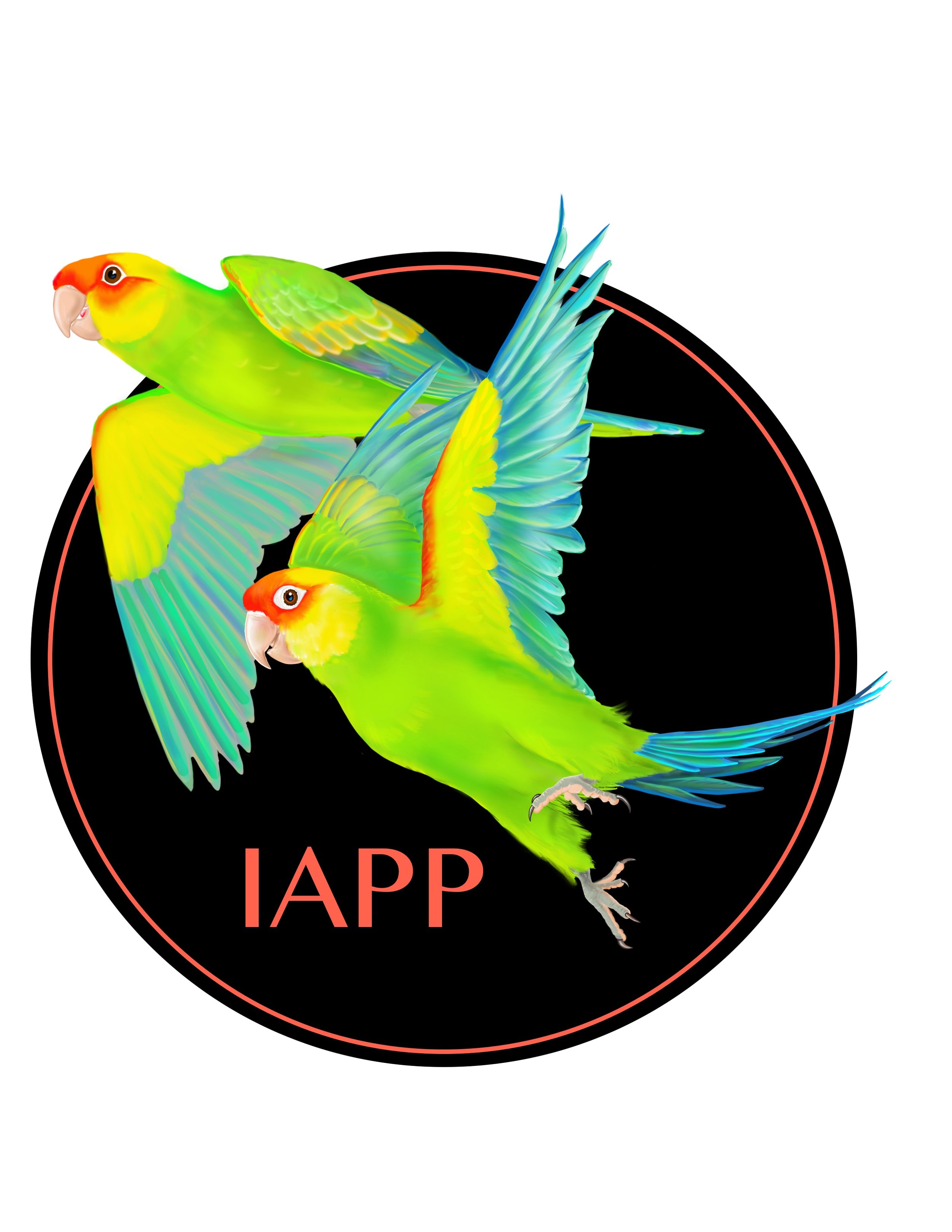TOYS
Your parrot is SMART! Because he is so intelligent, he needs toys and activities in order to keep his mind stimulated and alleviate boredom.. Make sure your bird has a variety of colorful toys to play with and to chew on.
Wooden Chew Toys – Wooden chew toys should be made of untreated wood like pine. Be very careful not to offer toys made of pressure treated wood, or wood that is stained or painted. Wood toys that are dyed bright colors with natural vegetable based dyes are excellent choices for birds. Remember that your parrot takes great pleasure in shredding, splintering and destroying wood. Toys made of hard woods are less appealing to parrots, though they may be easier on our wallets.
Plastic/Acrylic Toys – Although they look pretty and come in exciting colors, acrylic toys tend to be largely ignored by parrots, as they are able to derive no chewing, shredding or destructive pleasure from hard plastic toys. However, parrots love puzzles! Some plastic toys offer puzzle challenges or invite strategic thinking. When choosing a toy for your parrot, look for toys that require activity, manipulation and thinking.
Shredding Toys – Parrots love to shred things. Colorful rope or string toys can provide long periods of activity for your parrot. Shoe laces are a particular favorite, as shoe lace ends mimic feather sheaths. Birds love to chew and break these ends. Cardboard roll toys are also fun for birds. These can be stuffed with shredding material and food treats like nuts for foraging fun!
SOCIAL NECESSITIES
The single most important thing you should know about your parrot is the fact that he is a highly social and interactive animal who requires companionship in order to be healthy, happy and thrive! If you are unable to accommodate the demanding social requirements of a parrot, you should not adopt a parrot.
Involve your parrot in the life and activities of the family - Your parrot wants to be a part of the family ( his flock ). If his cage is located in a separate room, make sure a hanging frame or play stand is located where most of your family’s activity occurs. Let him be in the middle of all the action. Involve him in activities like preparing meals at the kitchen table (not near the stove) or watching TV on the couch.
Let your parrot eat with you – Parrots are social eaters and enjoy eating as a part of a group. Some people let their birds eat with them at the kitchen table. Some parrots who are very picky eaters will accept greater varieties of foods if they are hand fed by you, or allowed to try the food that you are eating.
A parrot in isolation is a tragedy – Never keep a parrot locked apart for long periods of time. This is particularly cruel treatment for a creature who is wired for social interaction and flocking behavior. If you lack the time to give your parrot, consider bringing other parrots into your home to provide companionship…or consider finding a new home for your bird where he can enjoy social interaction and companionship.







